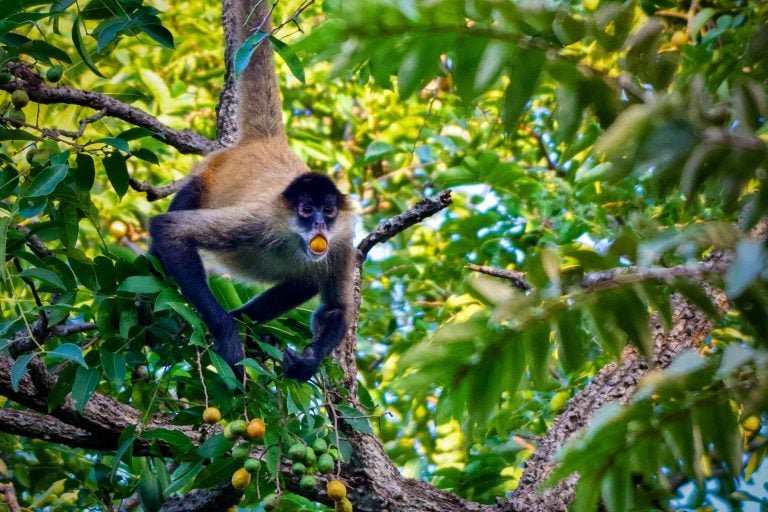A New Perspective on Ethanol Consumption in the Wild
For centuries, humans have assumed that wild animals accidentally consume ethanol from fermented fruits and nectar, leading to comedic “drunk” behavior. However, a recent review challenges this view, suggesting that ethanol is a regular part of many animals’ diets, offering potential caloric benefits and impacting behavior and physiology.
Key Findings:
- Ethanol is naturally abundant in almost every ecosystem
- Many fruit- and nectar-eating animals consume ethanol regularly
- Animals have evolved to efficiently metabolize ethanol
- Ethanol consumption may provide caloric benefits and medicinal advantages
The Evolutionary Story:
Ethanol became widespread 100 million years ago with the emergence of flowering plants and yeast fermentation. Today, ethanol is present in various ecosystems, with higher concentrations in tropical regions.
Animal Adaptations:
Primates and treeshrews have adapted to efficiently metabolize ethanol, suggesting that ethanol consumption is not accidental but rather an integral part of their diet.
Potential Benefits:
- Caloric benefits
- Medicinal advantages (e.g., parasite protection)
- Social benefits (e.g., relaxation, sociality)
Future Research Directions:
- Investigating behavioral and social implications of ethanol consumption
- Examining enzymes involved in alcohol metabolism
Reference:
“The Evolutionary Ecology of Ethanol” by Bowland et al., Trends in Ecology & Evolution. DOI: 10.1016/j.tree.2024.09.005
Related Articles:
- The Secret Life of Wild Animals: Uncovering Hidden Behaviors
- The Ecology of Ethanol: A New Perspective on Animal Diets
- Animal Adaptations: The Surprising Ways Wild Animals Use Ethanol
Share Your Thoughts:
How do you think ethanol consumption impacts wild animal behavior and physiology? Do you think this new perspective will change how we understand animal diets?

















